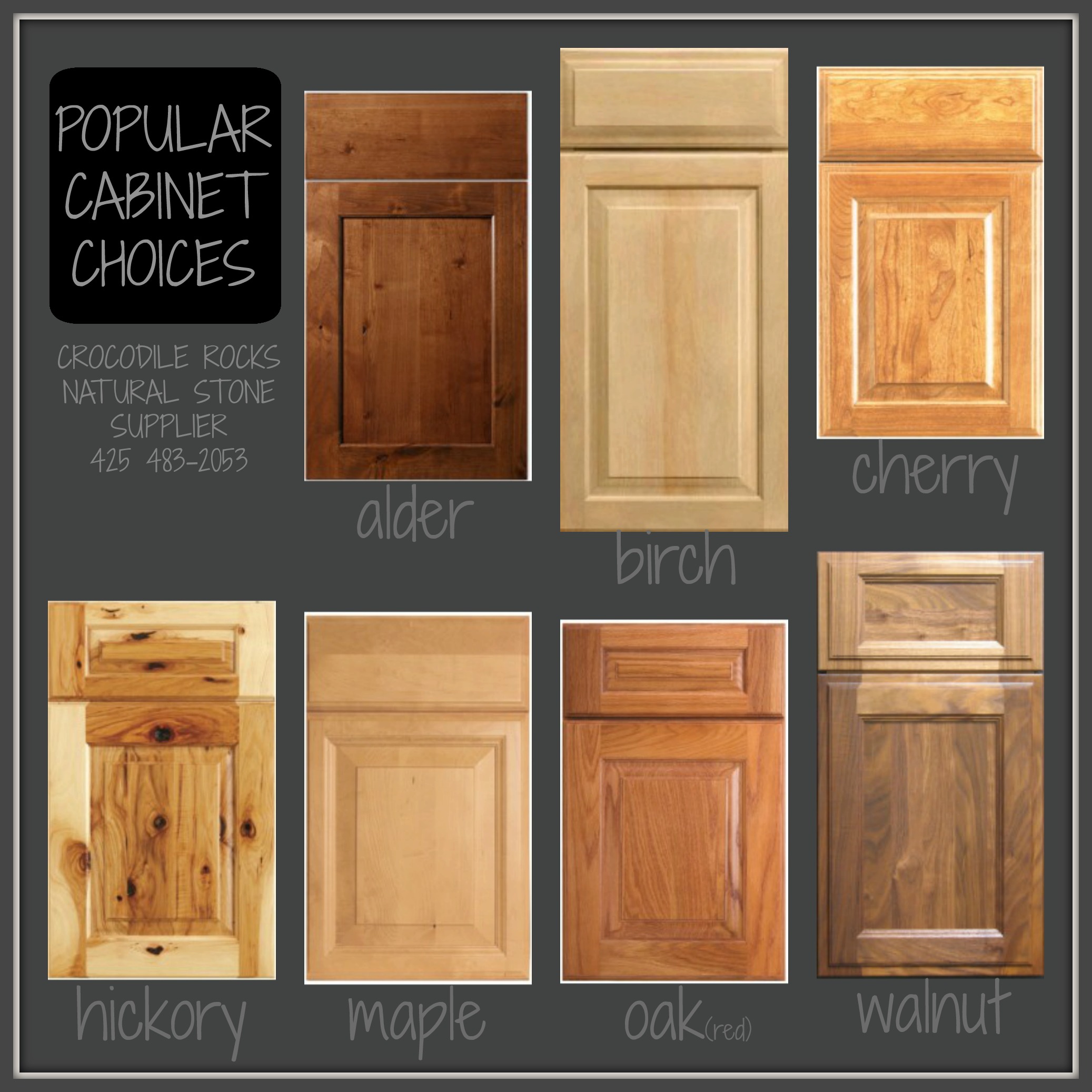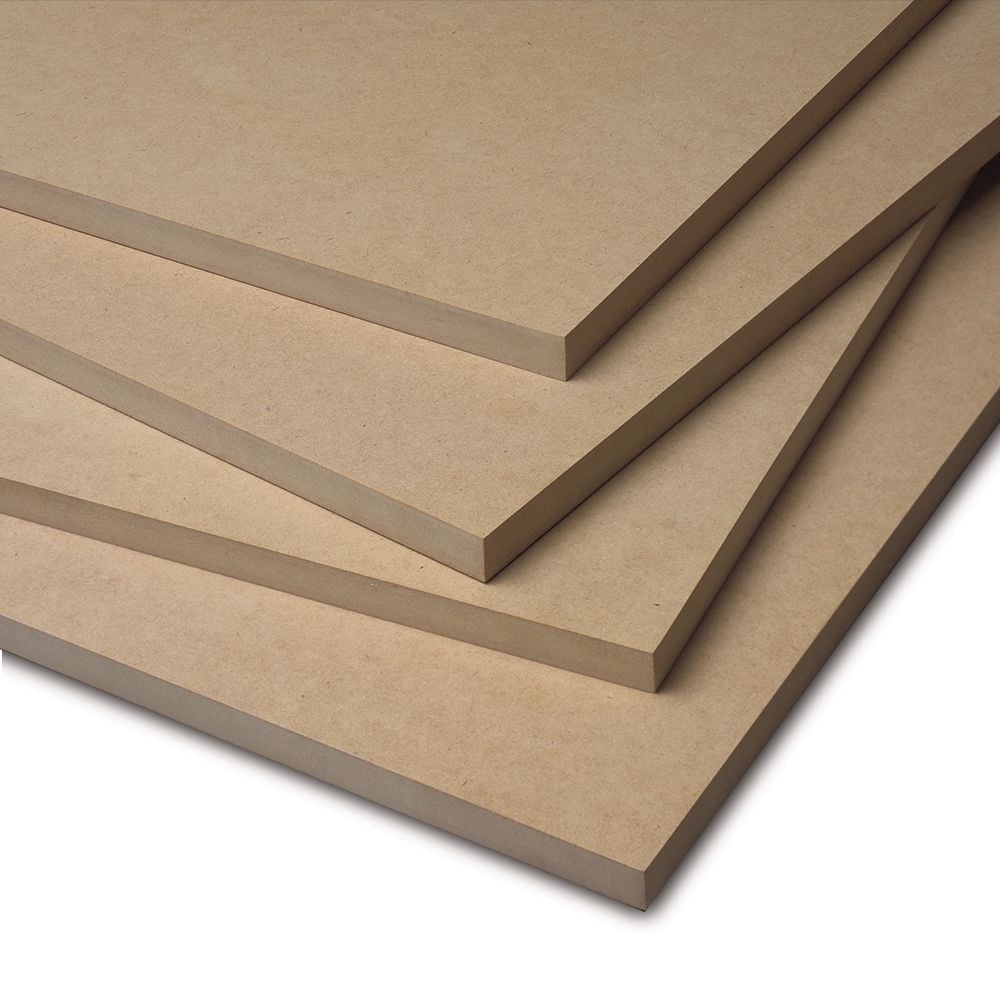Material Properties and Characteristics

Choosing between MDF and wood for cabinets involves understanding the unique properties and characteristics of each material. While both offer distinct advantages, they also come with trade-offs that can impact your decision.
Physical Properties
The physical properties of MDF and wood significantly influence their suitability for cabinet construction. Here’s a comparison:
| Property | MDF | Wood |
|---|---|---|
| Density | Relatively high, typically 60-70 lbs/ft3 | Varies widely depending on species, typically 30-50 lbs/ft3 |
| Strength | High in compression and shear, but weaker in bending | Stronger in bending and tension than MDF, but varies by species |
| Durability | Resistant to scratches and dents, but susceptible to moisture damage | Durable, but prone to warping, cracking, and insect infestation |
| Moisture Resistance | Not very moisture-resistant, can swell or warp with exposure | Some species are naturally moisture-resistant, others are not |
Environmental Impact, Mdf vs wood cabinets
Both MDF and wood production have environmental implications.
- MDF Production: The manufacturing process for MDF involves using wood fibers, adhesives, and heat, leading to significant energy consumption and emissions. Additionally, the use of formaldehyde in some MDF products raises concerns about indoor air quality.
- Wood Production: While sustainable forestry practices can mitigate the impact, deforestation for wood harvesting remains a significant environmental concern. The use of pesticides and herbicides during timber production can also impact ecosystems.
Cost-Effectiveness
The cost-effectiveness of MDF and wood for cabinet construction depends on various factors, including:
- Material Costs: MDF is generally less expensive than solid wood, especially for larger projects.
- Labor Costs: MDF is easier to work with and can be cut and shaped with standard woodworking tools, potentially reducing labor costs. Solid wood often requires more specialized skills and tools, which can increase labor expenses.
- Long-Term Durability: While MDF is more affordable upfront, its susceptibility to moisture damage can lead to premature failure and replacement costs. Solid wood, if properly cared for, can last for decades, potentially saving you money in the long run.
Cabinet Construction and Design

The construction and design of cabinets play a crucial role in their durability, aesthetics, and functionality. MDF and wood offer distinct characteristics that influence the final product, each with its own set of advantages and disadvantages. Understanding these differences helps in selecting the right material for various cabinet styles and applications.
Cabinet Construction Methods
Cabinet construction methods influence the overall strength, stability, and longevity of the cabinet. MDF and wood can be used in various construction methods, each offering unique benefits.
- Frame and Panel Construction: This traditional method involves a sturdy frame made of wood or MDF, with panels inserted within the frame. Frame and panel construction provides strength and stability, particularly for larger cabinets.
- Plywood Construction: Plywood is a layered sheet material made from thin veneers glued together. Plywood construction offers durability and resistance to warping, making it suitable for cabinet doors, drawer fronts, and cabinet boxes.
- Solid Wood Construction: Solid wood construction utilizes single pieces of wood for the cabinet frame, panels, and doors. This method offers a natural and elegant look, but it can be more expensive and susceptible to warping and moisture changes.
Advantages and Disadvantages of MDF and Wood for Cabinet Styles
The choice between MDF and wood for cabinet construction depends on the desired style, budget, and functionality.
Traditional Cabinet Styles
- MDF: MDF is often used in traditional cabinets due to its affordability, smooth surface, and ability to be painted or stained. It allows for intricate details and consistent finishes, making it suitable for ornate designs.
- Wood: Solid wood, especially hardwoods like oak or cherry, is commonly used for traditional cabinets. It offers a timeless elegance and warmth, and its natural grain patterns add character and sophistication.
Contemporary Cabinet Styles
- MDF: MDF’s smooth surface and consistent finish make it ideal for contemporary cabinets, allowing for clean lines and minimalist designs. It can be painted in bold colors or finished with high-gloss laminates to create a modern look.
- Wood: Contemporary cabinets often use wood veneers, such as maple or walnut, for their sleek appearance and natural beauty. Veneers offer the aesthetic appeal of solid wood while being more affordable and stable.
Rustic Cabinet Styles
- MDF: MDF is rarely used for rustic cabinets, as its smooth surface and lack of natural grain patterns don’t align with the rustic aesthetic.
- Wood: Solid wood, especially reclaimed wood or woods with knots and imperfections, is preferred for rustic cabinets. The natural variations and textures of these woods create a unique and authentic look.
Examples of Cabinets Constructed with MDF and Wood
Example 1: Traditional Kitchen Cabinets
- MDF: Imagine a traditional kitchen with white cabinets featuring raised panels and intricate moldings. The cabinets are constructed using MDF, which allows for precise details and a smooth, consistent finish. The white paint enhances the clean and elegant look, complementing the traditional style.
- Wood: A different kitchen, also traditional, showcases cherry wood cabinets with a rich, warm finish. The cabinets are constructed using solid cherry wood, which adds natural beauty and character to the space. The grain patterns and subtle variations in the wood contribute to the timeless elegance of the kitchen.
Example 2: Contemporary Bathroom Cabinets
- MDF: A contemporary bathroom features sleek, minimalist cabinets constructed from MDF. The cabinets are painted in a bold, modern color, creating a striking visual contrast against the white tiles. The smooth, consistent surface of the MDF complements the clean lines and minimalist design.
- Wood: Another contemporary bathroom boasts cabinets with a modern veneer finish. The cabinets are constructed using plywood, with a maple veneer applied for a sleek and elegant look. The veneer offers the natural beauty of wood while maintaining the smooth and consistent finish desired for contemporary designs.
Performance and Maintenance: Mdf Vs Wood Cabinets

The longevity, resistance to damage, and ease of maintenance are crucial considerations when choosing between MDF and wood cabinets. Understanding these factors can help you make an informed decision that aligns with your needs and lifestyle.
Longevity and Durability
The longevity and durability of MDF and wood cabinets are influenced by several factors, including the quality of materials, construction techniques, and the environment in which they are used.
- MDF Cabinets: MDF is generally more susceptible to moisture damage than wood, making it less suitable for humid environments. However, properly sealed MDF cabinets can withstand everyday wear and tear, offering decent longevity.
- Wood Cabinets: Solid wood cabinets are known for their durability and longevity. They can withstand moisture better than MDF, making them a better choice for kitchens and bathrooms. With proper care, wood cabinets can last for decades.
Resistance to Scratches, Dents, and Water Damage
- MDF Cabinets: MDF is relatively soft and can be easily scratched or dented. However, it can be coated with a durable finish that provides some protection. MDF is more susceptible to water damage than wood. If exposed to moisture, it can swell and warp.
- Wood Cabinets: Wood is more resistant to scratches and dents than MDF, but it can be damaged by sharp objects. The type of wood used also affects its resistance to scratches and dents. Hardwood, such as oak or maple, is more durable than softwood, such as pine or cedar. Wood is more resistant to water damage than MDF, but it can still be affected by moisture if not properly sealed.
Maintenance Requirements
- MDF Cabinets: MDF cabinets require regular cleaning to prevent dirt and grime from accumulating. They should be cleaned with a damp cloth and a mild detergent. Avoid using abrasive cleaners or harsh chemicals, as these can damage the finish.
- Wood Cabinets: Wood cabinets require more maintenance than MDF cabinets. They should be cleaned regularly with a damp cloth and a mild detergent. Avoid using abrasive cleaners or harsh chemicals, as these can damage the finish. Wood cabinets may also need to be refinished every few years to maintain their appearance.
Potential for Warping, Cracking, and Other Issues
- MDF Cabinets: MDF can warp or crack if exposed to moisture or extreme temperatures. This is because MDF is made from wood fibers that are bound together with resin. The resin can break down over time, making the MDF more susceptible to damage.
- Wood Cabinets: Wood can also warp or crack if exposed to moisture or extreme temperatures. However, wood is more resistant to these issues than MDF, especially if it is properly sealed and cared for.
Mdf vs wood cabinets – MDF cabinets are known for their affordability and durability, while wood cabinets offer a more natural and elegant aesthetic. When choosing bathroom cabinets, a touch of color can truly transform the space. To get inspiration for your own bathroom remodel, browse pictures of painted bathroom cabinets to see how different colors can complement various styles.
Whether you opt for MDF or wood, a well-chosen paint color can elevate your bathroom’s ambiance.
Choosing between MDF and wood cabinets for your bathroom is a personal decision, based on your budget and desired aesthetic. While MDF offers affordability and moisture resistance, wood cabinets bring warmth and natural beauty. If you’re looking to add a touch of elegance, consider a wayfair bathroom mirror medicine cabinet for storing toiletries and enhancing your bathroom’s design.
Ultimately, the best choice for you will depend on your individual needs and preferences.
